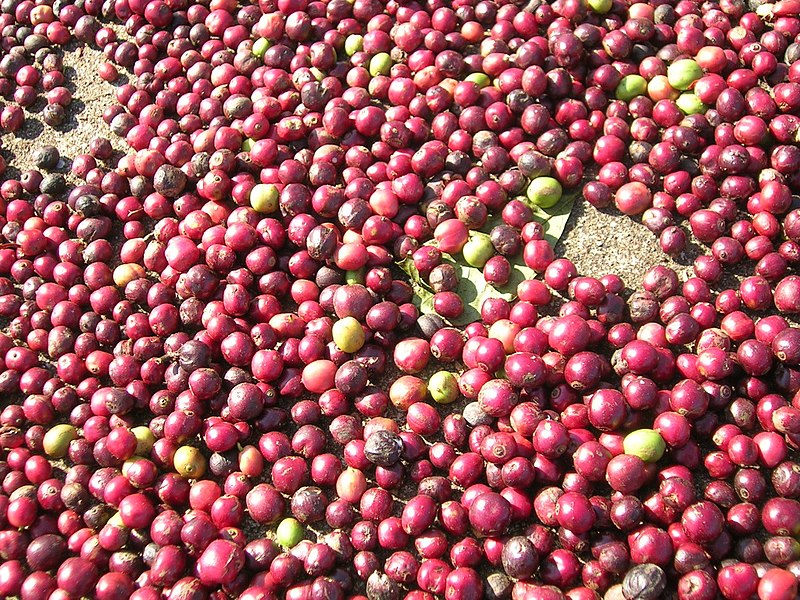I had a friend over while brewing my coffee one day and he was very confused as to why I had so many different kinds of coffee beans in my pantry. As I started to explain what affects the flavour of coffee beans, I realized the answer would be rather long. So, I’m here to explain, and provide a beginner’s guide to everything about these beans.
But First: What Are Coffee Beans?

Funnily enough, coffee beans aren’t actually beans — they’re seeds of the coffee plant. These plants produce cherries with the pits usually being two seeds with the flat sides facing each other. (About 5-10% of the time, just one round seed is found instead. These are called peaberry beans, and do not taste the same as their regular counterparts.)
While there are tons of different species of the coffea plant, the two species that account for nearly all of the world’s coffee production are Arabica and canephora (aka Robusta coffee). 75-80% of the world’s coffee production is Arabica, while 20% of it is Robusta.
Arabica coffee tends to be more flavourful and fragrant; most gourmet coffee blends and brands (e.g. Jamaican Blue Mountain, Kona Coffee, etc.) are Arabica. Robusta has an earthier scent, but is on average more bitter and is often used in instant coffee and espresso. Vietnam, the world’s 2nd largest coffee producing country, is responsible for about 40% of the world’s robusta beans.
What Affects The Flavour of Coffee Beans?

Simple answer: a lot of things in a complicated process.
Real answer: The immense amount of variables that go into the overall process of planting, harvesting, processing, and roasting coffee means that it’s very hard to pinpoint what determines the flavour of your cup. I’ll provide a brief summary of each of these factors for you to know, if not just for the sake of some cool coffee trivia.
1. Planting
There are two parts to the planting part of coffee: the type of plant and the environment in which it grows. Varieties of the arabica or robusta plant (well-known varieties being Java, Blue Mountain, and Kona, for example) have a large impact on the profiles of the bean, as much as the environmental factors of where the plant is growing (important ones including altitude, soil type, and climate).

Although the amount of variables in this section alone make it nigh-impossible to accurately pinpoint what creates what flavours, general traits of certain regions carry through quite easily, so many coffee connoisseurs have an idea of what to expect from certain regions (such as Colombian coffee being rather fruity and smooth, and Ethiopian coffee being somewhat dark and rich).
2. Farming and Processing
Farming practices range from whether chemicals are used to planting patterns and timing of harvesting (whether the beans are optimally ripe or not). For example, commercial-grade coffee is often picked in bunches with machines, which leads to bundles of ripe and unripe beans. While cheaper, it does not provide top-quality coffee.

Coffee beans must be dried, or processed, before being sent to roasters. Modern styles of processing, aka wet-processing, involve briefly fermenting the coffee berries before extracting the seeds. This keeps the beans from spoiling quickly and providing more acidity and clarity to the coffee.
Natural processes, in which the coffee berries are manually dried, bear fruitier flavours but require more manual labour in order to prevent spoilage.
3. Roasting
By this point, most of the quality of the bean is already determined. However, one must be careful when roasting their beans; although a good roast can’t save bad beans, a poor roast can easily ruin good beans. Roasting your own beans isn’t that difficult, but doing it at home certainly takes a bit of time. After roasting, beans are finally ready for brewing.

To be frank, a lot of these factors won’t be directly controlled by the consumer, as they’re often previously determined by the farmers, traders, and roasters. However, learning more about the steps behind where your coffee comes from is something that can be quite interesting, particularly noting the attention to detail that goes into each part of the overall process.


